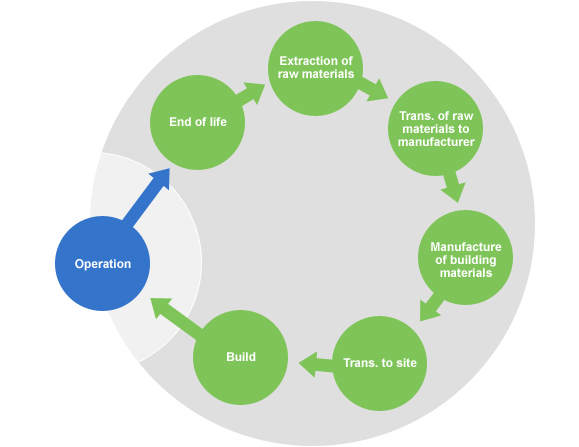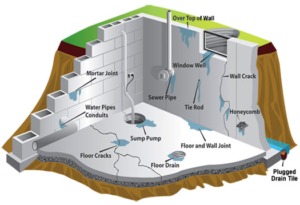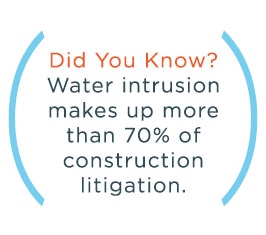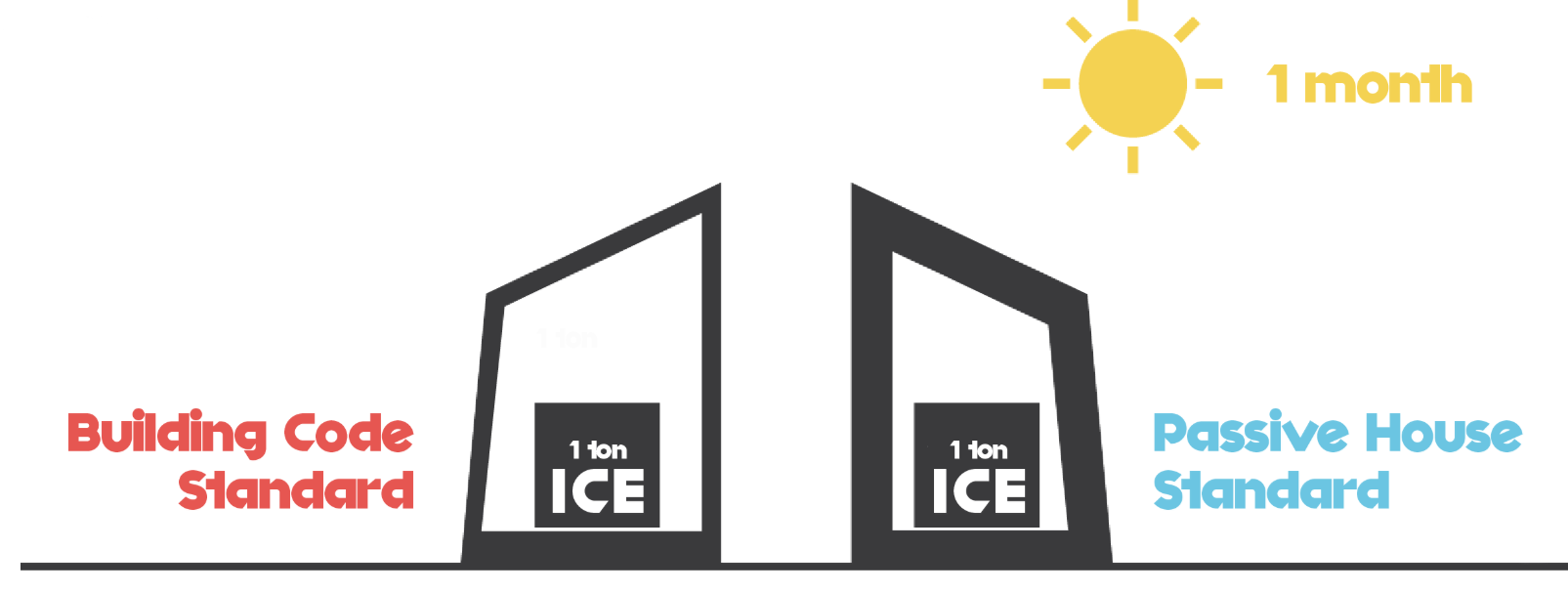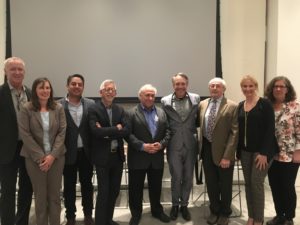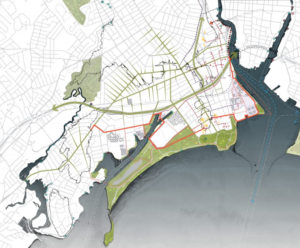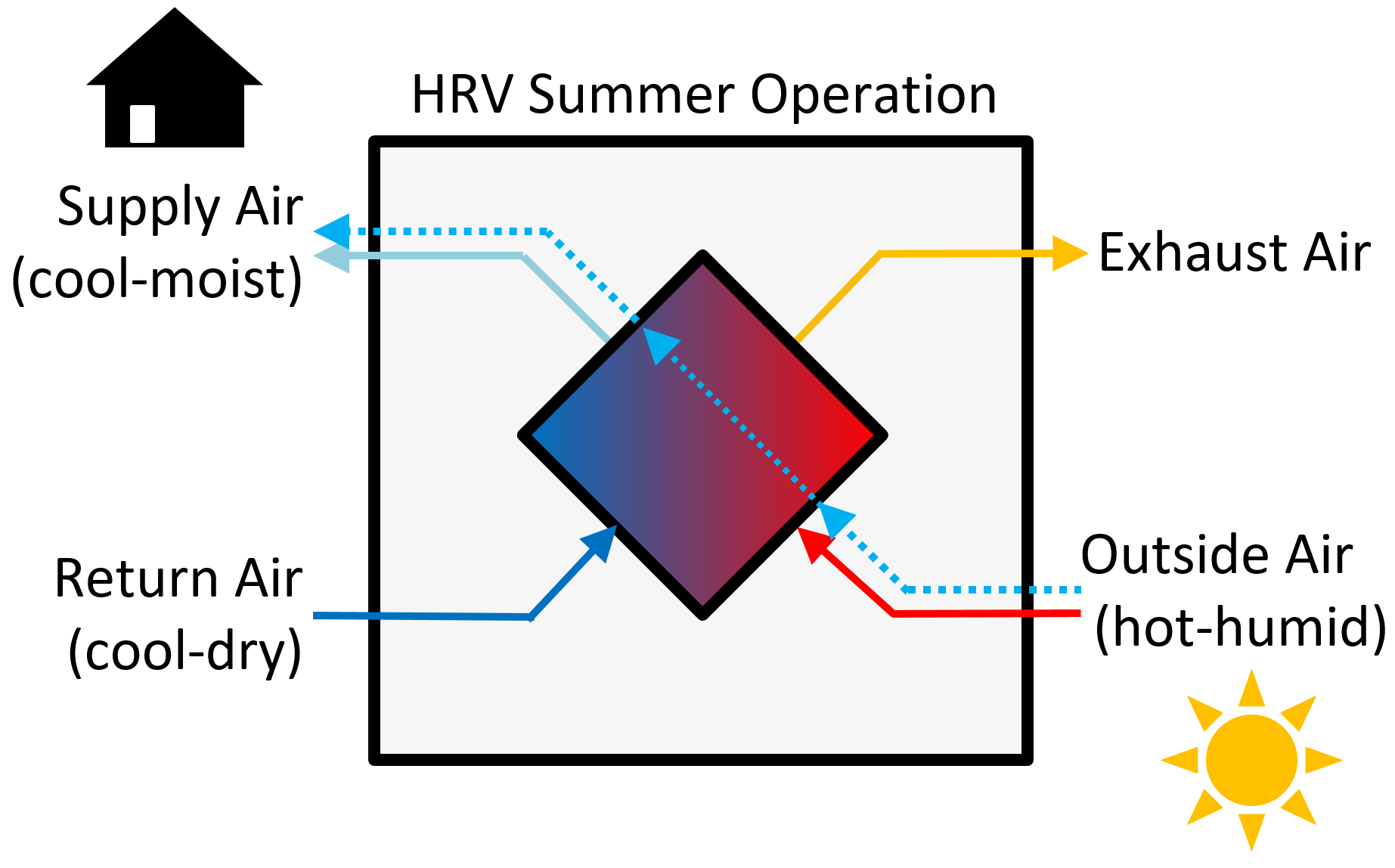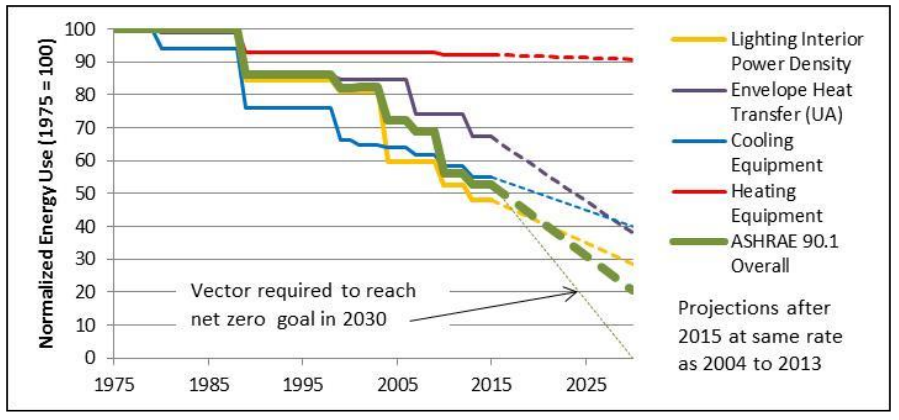- October 05, 2018
- 0 Comments
- In Certifications & Programs High-Performance Construction
- By Steven Winter Associates
Walking the aisle of your favorite home improvement store, you’ll notice the wide array of options for very efficient light fixtures. Don’t be fooled – truly efficient lighting design is achieved through thoughtful layout and proper controls.
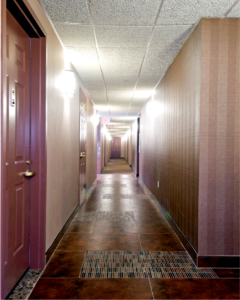 A high performance building warrants an efficient lighting strategy. With so many efficient LED fixtures available on the market, individual fixture efficiency is rarely an issue. However, these fixtures are often placed in high concentrations or at a higher wattage than necessary to adequately illuminate a space. The result is high lighting power density (LPD), which is measured by dividing the total light fixture wattage in a room by the square footage of that room. Even with controls such as occupancy or vacancy sensors, high LPDs are especially energy intensive in frequently occupied common areas, e.g., corridors and lobbies of multifamily buildings, impacting the bottom line efficiency of all buildings.
A high performance building warrants an efficient lighting strategy. With so many efficient LED fixtures available on the market, individual fixture efficiency is rarely an issue. However, these fixtures are often placed in high concentrations or at a higher wattage than necessary to adequately illuminate a space. The result is high lighting power density (LPD), which is measured by dividing the total light fixture wattage in a room by the square footage of that room. Even with controls such as occupancy or vacancy sensors, high LPDs are especially energy intensive in frequently occupied common areas, e.g., corridors and lobbies of multifamily buildings, impacting the bottom line efficiency of all buildings.
Projects pursuing Passive House certification are impacted by an optimized lighting scheme more so than a code-built building. As the heating and cooling energy used in a Passive House building decreases due to an excellent thermal envelope, the ratio of lighting energy used increases. Reducing lighting energy use can drastically improve the building’s overall primary energy demand. (more…)

